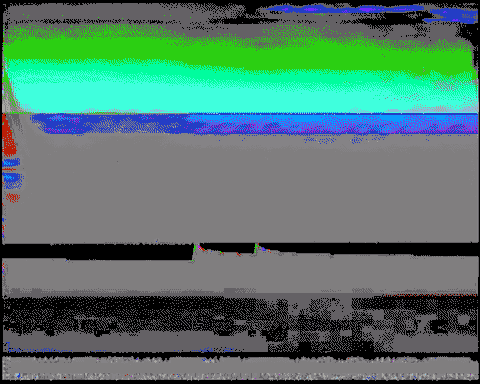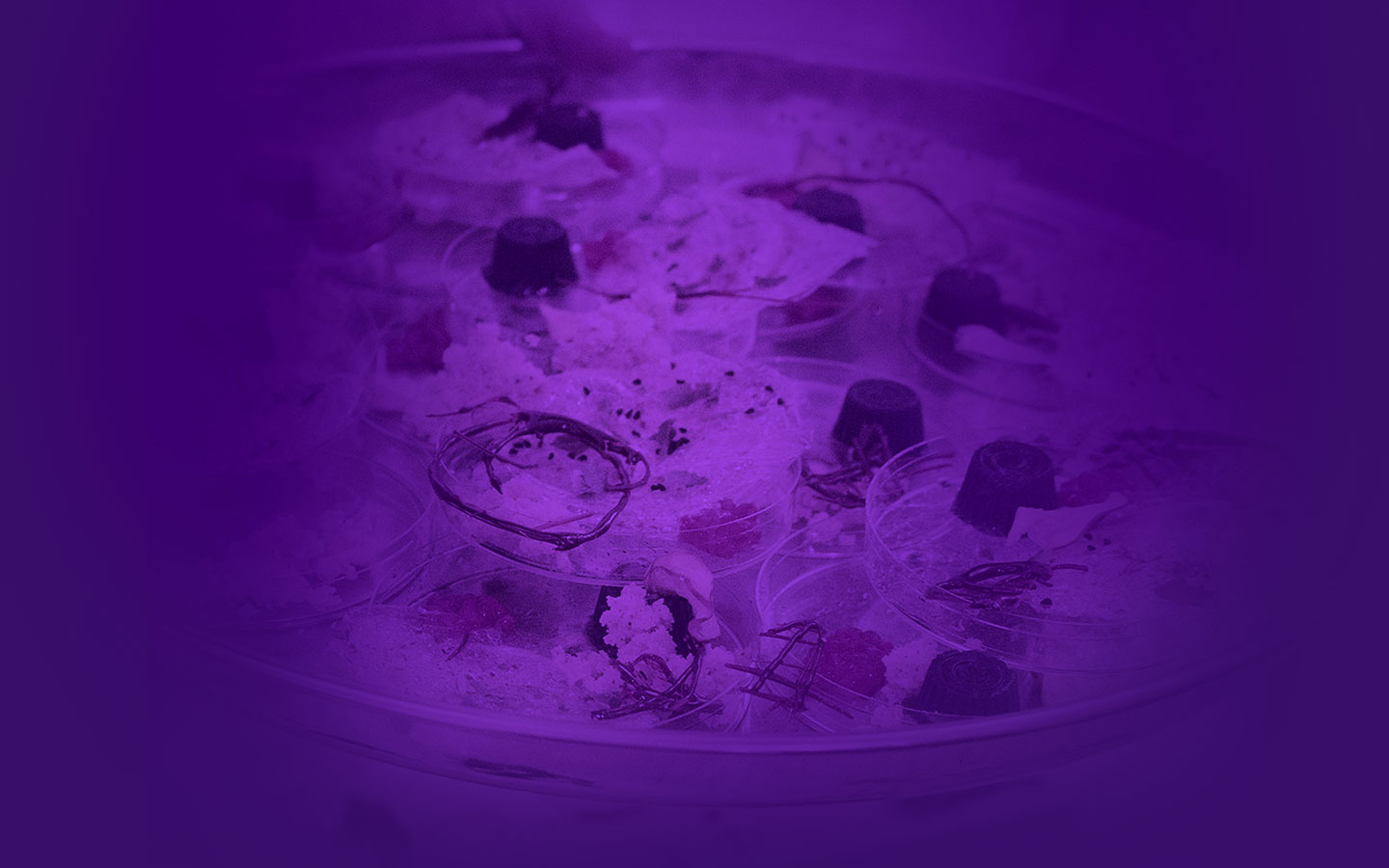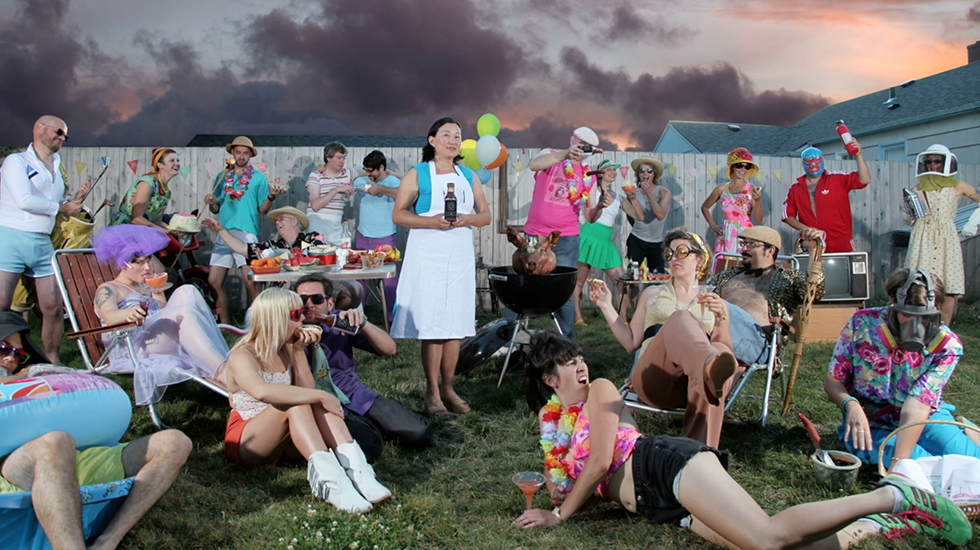Practical informations
05 Nov
Sat., 10:00 - 6:00
Palais des congrès
Adversarial Food Design: Commodities, Compression & Kitchen Chemistry. In this workshop organized in collaboration with The Smart Gastronomy Lab, molecular gastronomy techniques such as spherification, smoke guns, and 3D printing of food will allow participants to explore the ways in which organisms can be processed, preserved and turned into ingredients or commodities. Participants will be invited to take part in a Soylent Banquet, before transforming local ingredients and international commodities – a way of experiencing the fetishised taste of place (local) and the ubiquitous taste of no place (international) that represent the extremes of our current food system. All participants will then collectively prototype new recipes and ways of eating. This workshop will be of interest to anyone who likes playing with food and learning about kitchen hardware, is interested in the politics of food or simply wishes to imagine alternative food futures. No previous experience is required to take part in this workshop. Participants should just mention any food allergies. True fans can also read Carlo DiSalvo's Adversarial Design. Last but not least, attendees should wear clothes they don't mind getting dirty in the kitchen.


